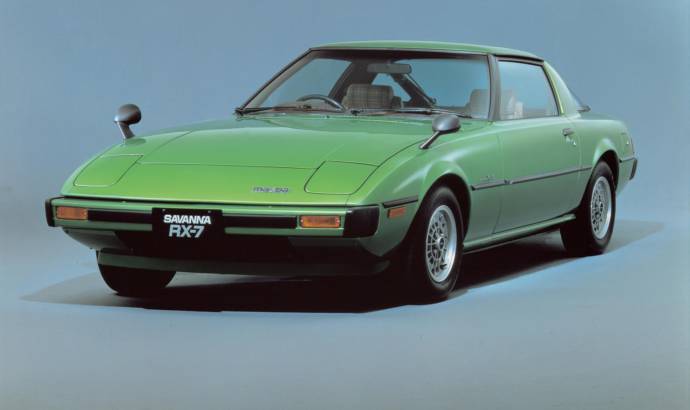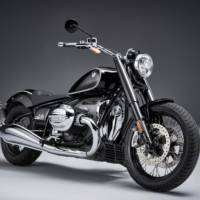Mazda is celebrating 100 years this year and is dedicating special attention to one of its most iconic models: the popular RX-7.
Launched in 1978, the Mazda RX-7 was Mazda’s first mass-market sports car and would go on to become the best-selling rotary powered vehicle in history. And it also propelled the brand’s success on the race track to unprecedented levels.
The distinctive howl of the RX-7’s twin-rotor powerplant rocked race tracks in Europe and beyond from the beginning, winning the British Saloon Car Championship in 1980 and 1981 and demonstrating its reliability by taking overall victory at the 1981 24 Hours of Spa – the first Japanese car to achieve this. It was a golden age elsewhere, too. In the US, the RX-7 won over 100 IMSA races, more than any other model of any brand.
The achievements of the RX-7 are all the more astounding when you consider that the future of the rotary engine was in jeopardy when Mazda began developing the RX-7. The carmaker had offered rotaries in most of its models until the oil crisis of 1973-74, when skyrocketing fuel prices pushed the peppy but thirsty powerplants out of favour with consumers. Mazda decided to drop the engines for most of its saloons , hatchbacks and estate cars, and might have abandoned them entirely – as had every other carmaker. But then-head of R&D Kenichi Yamamoto resisted, arguing how crucial a differentiator the rotary was for the company.
Yamamoto, who led the team of engineers that developed Mazda’s first rotary engines in the 1960s, set out to overhaul the existing 12A engine and significantly improve fuel economy. Among other things, his team added more durable apex seals – a problem spot – and improved lubrication. They then helped design the ideal vehicle for it. Small and light yet smooth running, powerful and rev-happy, the rotary was perfect for a sports car. And the RX-7, a sleek, low-slung coupe with a wedge-shaped nose and wraparound window on the rear hatch, was built specifically for this engine.
The year 2002 marked the end of one of the most exceptional sports cars in history. A total of 811,634 were produced between 1978 and 2002, by far the most of any rotary model. The RX-7 spirited lived on with the Mazda RX-8, which followed in 2003, and by laying the foundation for many engineering innovations to come. Among these were hydrogen-powered rotary Mazdas like the RX-8 Hydrogen RE, which ran on either H2 or petrol, and the Mazda Premacy Hydrogen RE Hybrid, an MPV featuring an electric drive motor and a dual-fuel rotary. Later, the company developed a prototype Mazda2 EV with a small single-rotor engine used as a range extender. A similar system could find its way onto the Mazda MX-30, a brand new battery electric crossover SUV arriving at dealerships this year.
Particularly among enthusiasts, the RX-7 remains the icon of rotary powered sports cars and indeed rotary production cars.



